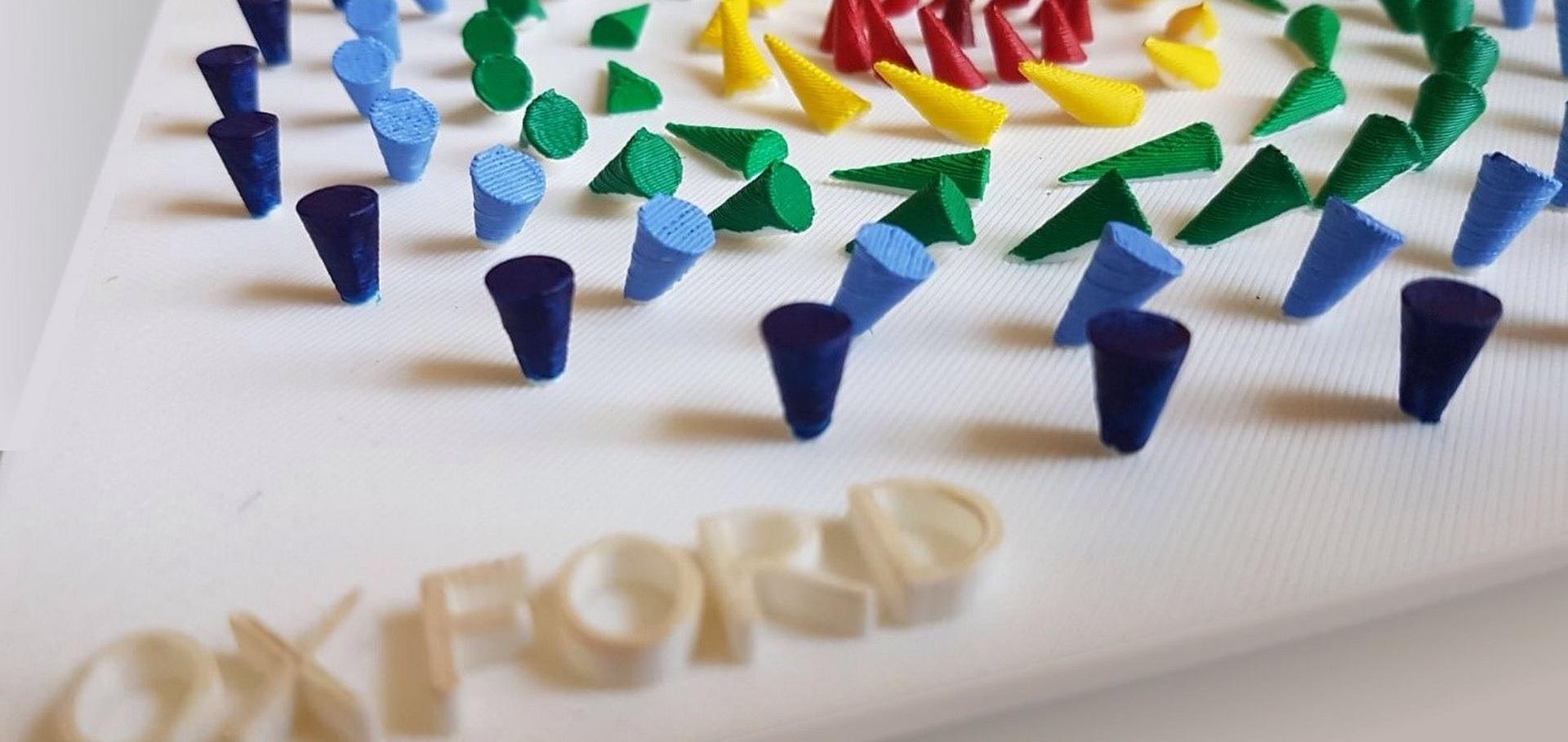Structural properties and growth mechanism of Cd3As2 nanowires
Applied Physics Letters AIP Publishing 106:1 (2015) 013115
Magnetization dynamics in an exchange-coupled NiFe/CoFe bilayer studied by x-ray detected ferromagnetic resonance
New Journal of Physics IOP Publishing 17:1 (2015) 013019
Transverse field muon-spin rotation signature of the skyrmion lattice phase in Cu2OSeO3
Physical Review A American Physical Society 91:22 (2015) 224408
Abstract:
We present the results of transverse field (TF) muon-spin rotation (μ+SR) measurements on Cu2OSeO3, which has a skyrmion-lattice (SL) phase. We measure the response of the TF μ+SR signal in that phase along with the surrounding ones, and suggest how the phases might be distinguished using the results of these measurements. Dipole field simulations support the conclusion that the muon is sensitive to the SL via the TF line shape and, based on this interpretation, our measurements suggest that the SL is quasistatic on a time scale τ>100 ns.Growth of Bi2Se3 and Bi2Te3 on amorphous fused silica by MBE
physica status solidi (b) 252:6 (2015) 1334-1338
Abstract:
Topological insulator (TI) thin films of Bi2Se3 and Bi2Te3 have been successfully grown on amorphous fused silica (vitreous SiO2) substrates by molecular beam epitaxy. We find that such growth is possible and investigations by X-ray diffraction reveal good crystalline quality with a high degree of order along the caxis. Atomic force microscopy, electron backscatter diffraction and X-ray reflectivity are used to study the surface morphology and structural film parameters. Angle-resolved photoemission spectroscopy studies confirm the existence of a topological surface state. This work shows that TI films can be grown on amorphous substrates, while maintaining the topological surface state despite the lack of in-plane rotational order of the domains. The growth on fused silica presents a promising route to detailed thermoelectric measurements of TI films, free from unwanted thermal, electrical, and piezoelectric influences from the substrate.Controlled removal of amorphous Se capping layer from a topological insulator
Applied Physics Letters AIP Publishing 105:24 (2014) 241605


